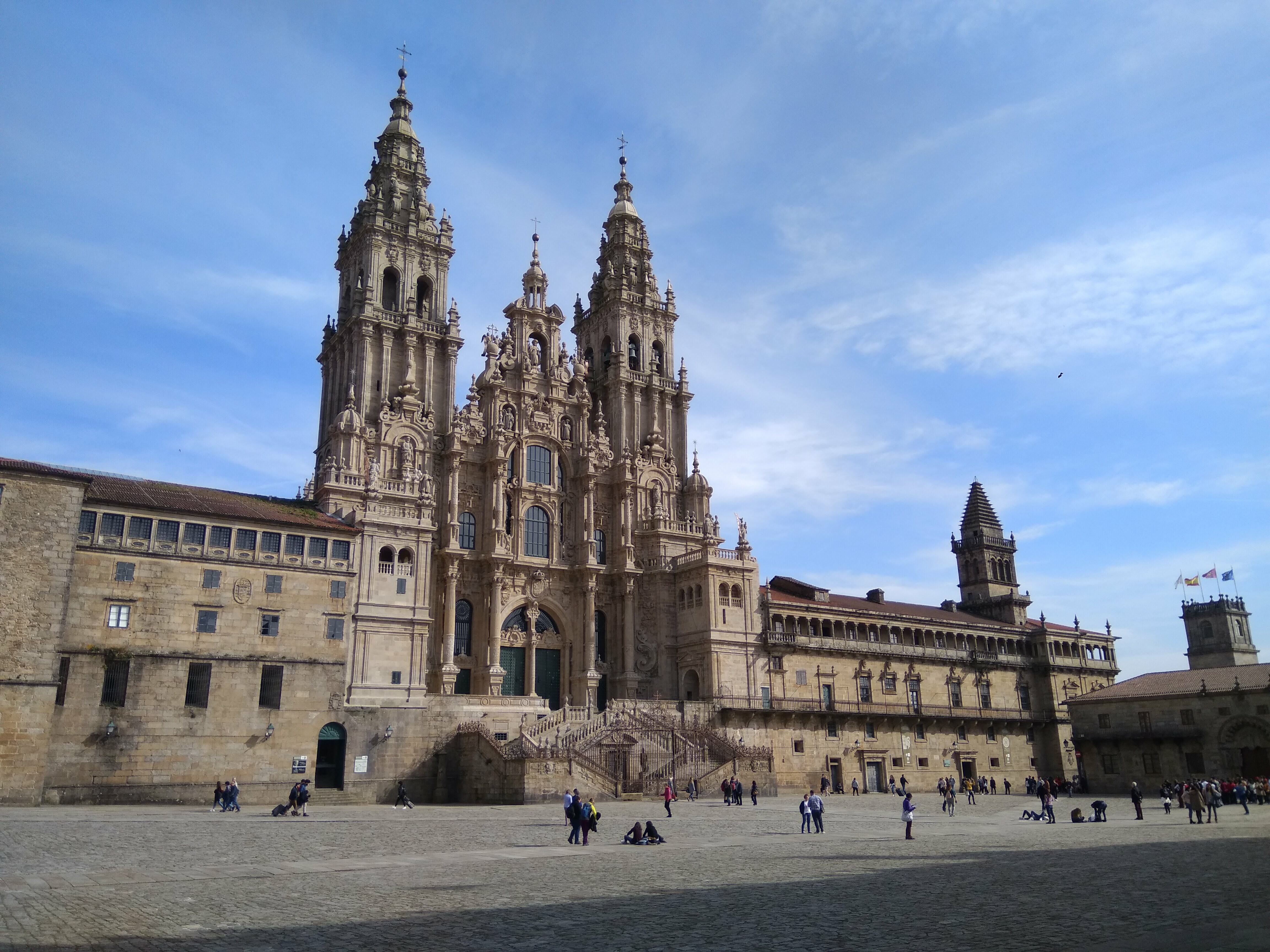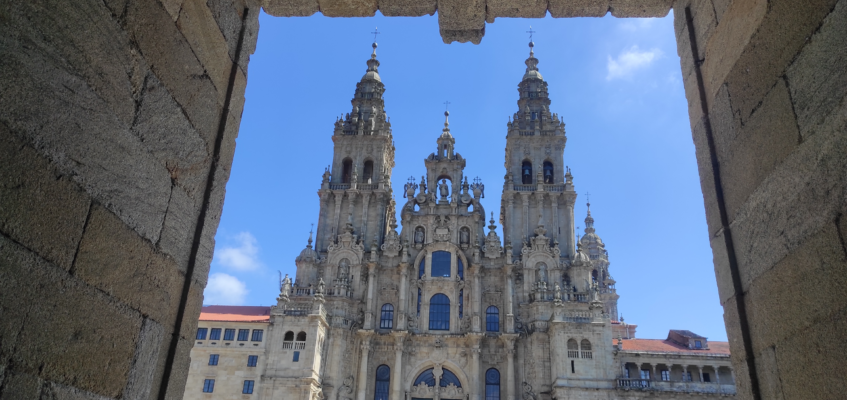According to tradition, the bishop of Iria Flávia, Teodomiro, alerted by night lights that he saw in the forest of Libredão (Libredón), went to the place and discovered a stone tomb where we now find the cathedral. Three bodies rested in the tomb, which the bishop identified as those of Santiago Maior and two of his disciples Teodoro and Atanasio.
The founding of the city itself is linked to the alleged discovery of the remains of the apostle Santiago Zebedee, which occurred somewhere between 812 and 842, which gave the place increasing religious importance. The news of the discovery of the tomb spread, the city grew due to pilgrimage and a heterogeneous population that came together spontaneously. In fact, King Ordonho II in 915 determined that anyone who remained for forty days without being identified as a servant would be considered a free man, with the right to reside in Compostela.
The meaning of the term - Compostela - causes some disagreement among historians, with a more unanimous version being that it is a derivation of the Latin Campus Stellae ("field of the star"), which evokes the star that miraculously indicated to Bishop Teodomiro the location of the Santiago's tomb.
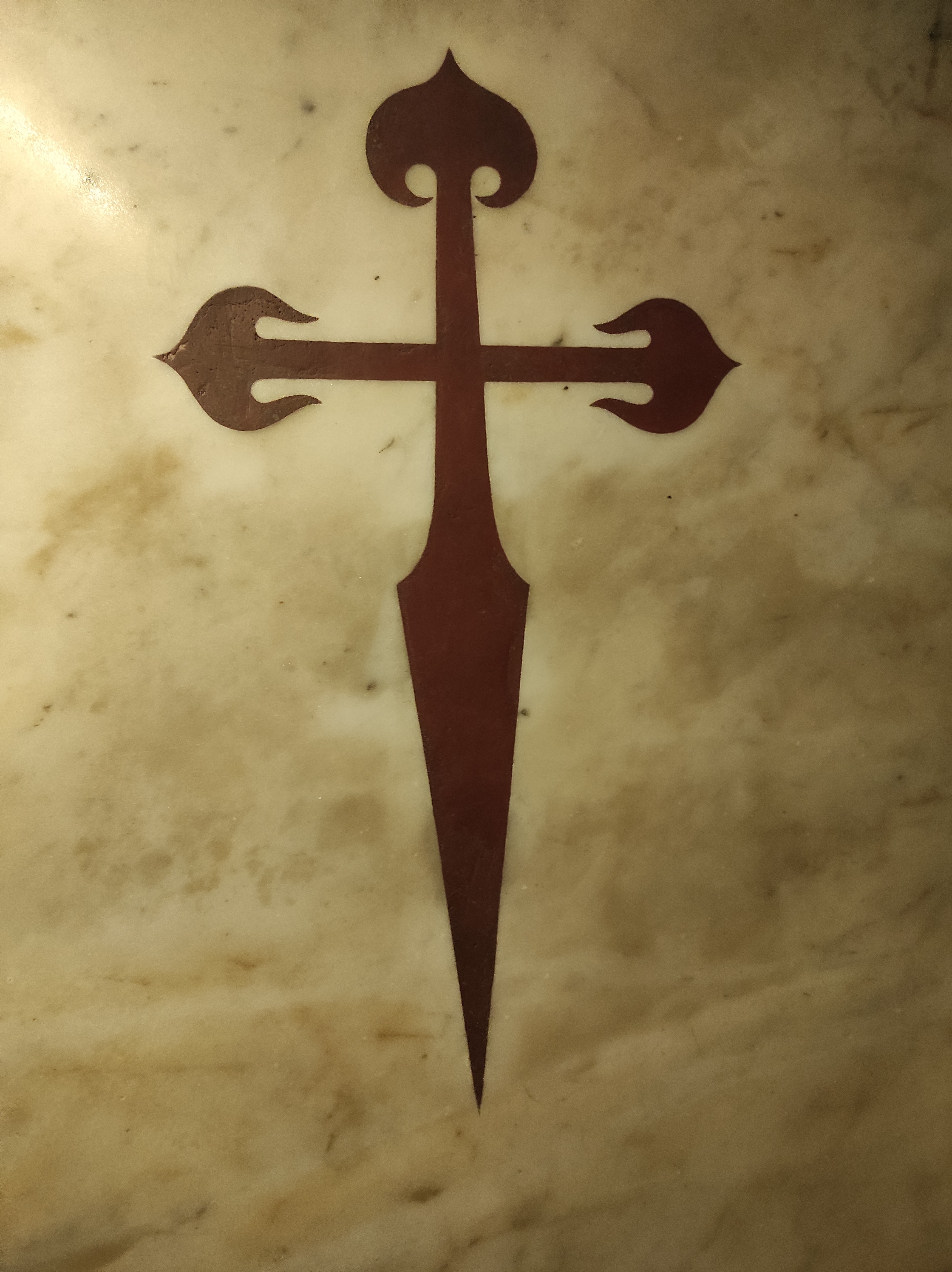

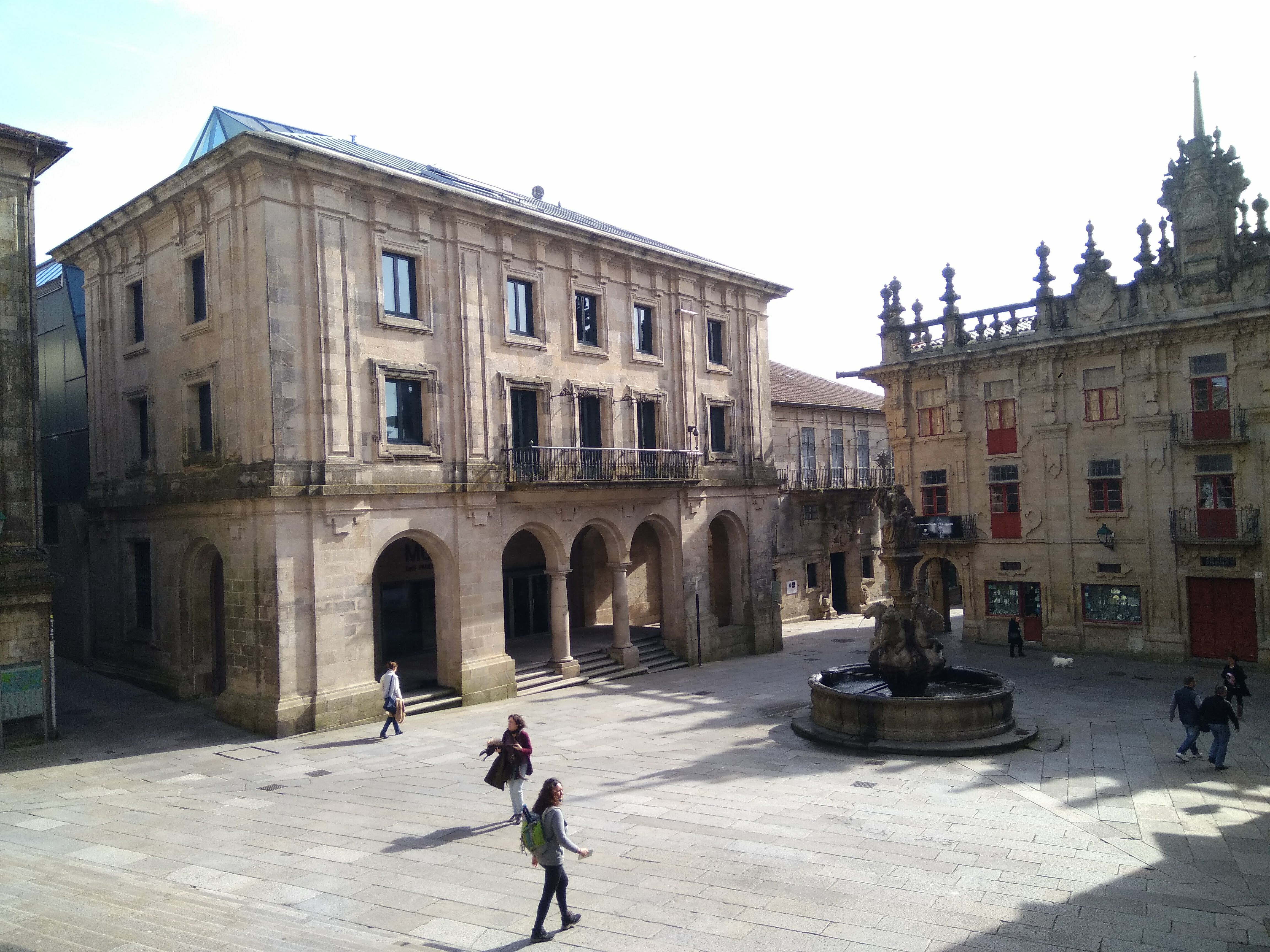

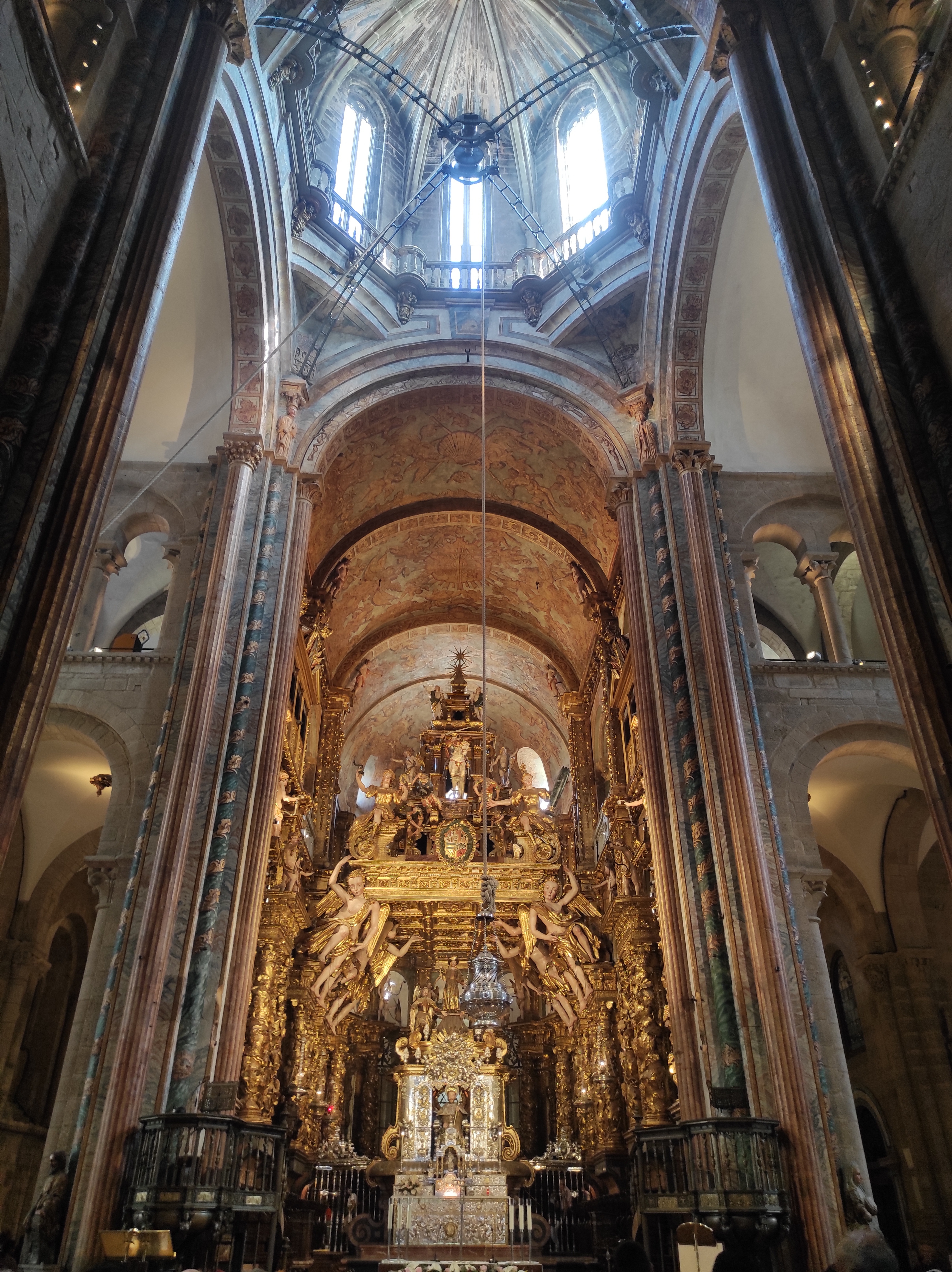
It is the seat of the archdiocese and was built between 1075 and 1128, in Romanesque style, at the time of the Crusades and during the Christian reconquest, having undergone several renovations that added Gothic, Renaissance and Baroque elements. It houses the tomb of the apostle Santiago Maior, patron saint and protector of Spain, which made it one of the main destinations for Christian pilgrimage in Europe.
Currently, it continues to be an important pilgrimage destination, contributed to by the renewed popularity of the Camino de Santiago from the 1990s onwards, which brought more than 270,000 registered pilgrims to the cathedral.
The building structure occupies an area of 8,000 square meters. It consists of a basilical plan of a Latin cross with three naves, also in the transept, and a triforium (or tribune), which connects directly with the episcopal palace, known today as Paço de Gelmires. In the interior ornamentation, capitals decorated with historical or biblical scenes can be seen. The lighting comes from the gaps in the two floors of the side aisles. It originally had three main portals and seven smaller doors.
Currently, there are several chapels that fill the main nucleus of the cathedral. However, the botafumeiro (huge silver-plated brass censer), which weighs 62 kg empty and measures 1.60 m in height, is one of the central and unavoidable pieces of the space, being the largest incense burner in the world.
